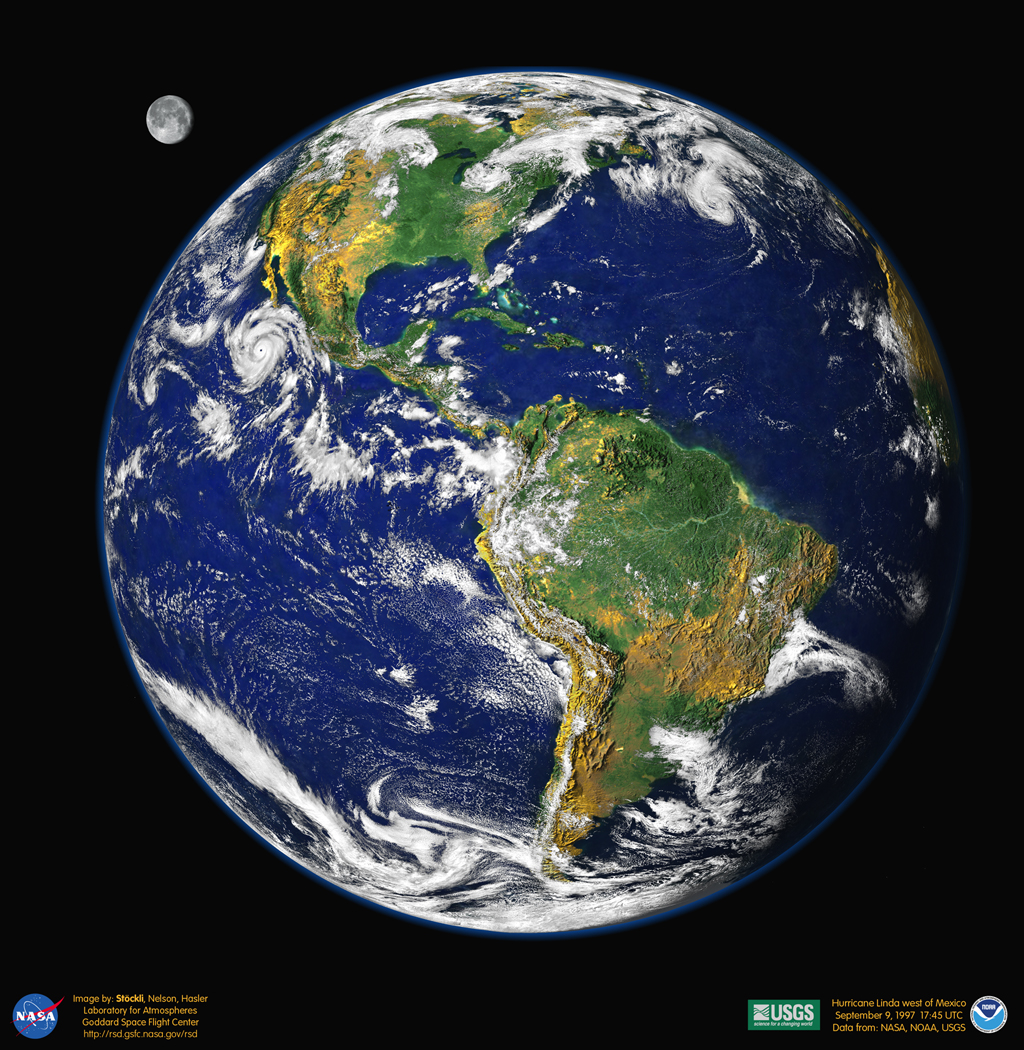For Hughes, the epitome of the human-built environment seems to be that of the metropolis, and the technologies that most concern him are the engineering technologies of the metropolitan infrastructure, together with the architecture of the metropolitan buildings. He describes how buildings and cities can be made more livable. His point that we can repair the damage of past engineering is a good one!
I might have focused less on the aesthetics of housing and office spaces and the amenities of parks and greenbelts, to emphasize more the urban sprawl that wastes energy and time; the European societies have chosen to live in more compact cities with public transportation that perhaps better promote a civic culture. Similarly, I might have focused more on the segregation of our population into gated communities for the rich and ghettos for the underclass.
Hughes also considers what he sees as the interplay of the human-world and the natural world, calling for sustainable development. His point again is an excellent one. He considers major engineering projects such as the terraforming of the Everglades, and the long term effort to reverse past programs and restore the Everglades to their original richness. I hope he is right about the Everglades and that the ecosystem can be restored; the issue is still in doubt, and the World Heritage Center recently returned the park to its list of endangered sites.
I would have preferred that Hughes expanded his definition of technology to include the agricultural, forestry and fishery technologies. It is with these technologies that mankind is making the greater footprint on the earth, that we are polluting the water, destroying the soil, contributing to desertification, and depleting biodiversity.
Indeed, I would have preferred to address not only the human-built world of the cities, but also the human-modified world of farms, commercial forests, and fisheries, as well as a human-influenced world. Today the entire atmosphere is being changed by the addition of pollutants and greenhouse gases; there is no point in the ocean, albeit one never to have been crossed by human kind, that is not affected by anthropogenic global warming. The call for sustainable use of technology might then be inclusive in the forms of human technology that are covered and universal in the ecosystems that are of concern. So too, the society that would have to act is not simply that of the city or of the nation, but global society, and I fear that some of our ecological problems are so severe that a global approach to their solution is needed.
Hughes emphasizes that, as much as we might want a simple "technological fix" to achieve a sustainable environment that meets our best values, what is needed is a more holistic approach to the social, economic and political as well as technological systems with which we live. Another very good point!
Hughes believes that public involvement in rethinking development is useful, and gives examples in which it has been. He worries, however, about the technological literacy of the public. Indeed, his belief that a holistic approach that involves social choice to better utilize technology implies that everyone should be more knowledgeable -- government leaders about ecology, values and technology, the public about society and technology, and engineers and other technological experts about economics, politics and social change.
The important point that Hughes makes in this final chapter of his book clarifies that his earlier chapters were not simply a short history of the evolution of technology in the 20th century and its social impacts, but rather a basis to clarify the practicality of his final recommendations. This is, therefore, and important book.
In Collapse: How Societies Choose to Fail or Succeed
I agree with Hughes that we should seek to change our society and our use of technology to assure more livable and sustainable cities, countries and world, but I also think we should be more humble about our technological ambitions. If we continue to make systems more and more extensive and to increase man's footprint on the earth greater and greater, then it would seem to me we are more and more likely to reach a point where they are no longer manageable. Global warming is but one possible threat to global civilization; there have been ice ages, massive extinctions, massive meteor strikes, multiple simultaneous pandemics and other planetary stresses in the past. It would be better to have some slack in our use of global resources to meet such an emergency in the future.
Previous posting on Human-Built World: How to Think about Technology and Culture are:

No comments:
Post a Comment